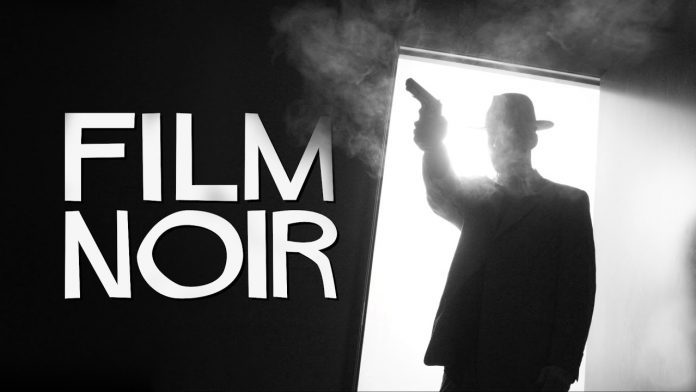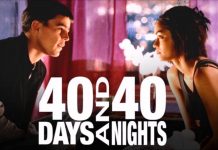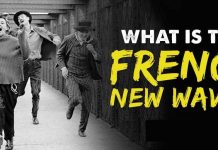Translated literally, the French term film noir means black movie. That’s appropriate in affixing a term to this genre and not only because the original films were shot in black and white. The drama in these stories often takes place in the shadows of the night and the dark twisted alleyways of the human soul.
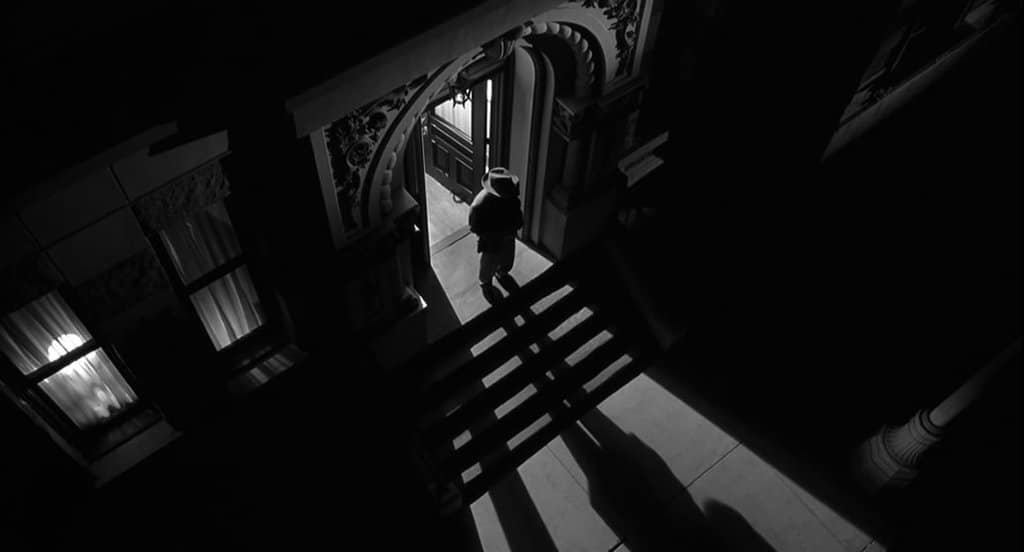
The Maltese Falcon
Humphrey Bogart set the standard for tough guy private eyes in this 1941 classic directed by John Huston from the novel by Dashiell Hammett. Bogie plays Sam Spade, a hard-boiled San Francisco detective who tangles with legendary villains Joel Cairo (Peter Lorre) and Kaspar Gutman aka The Fat Man (Sydney Greenstreet) while on the trail of a mysterious black figurine of incalculable value.
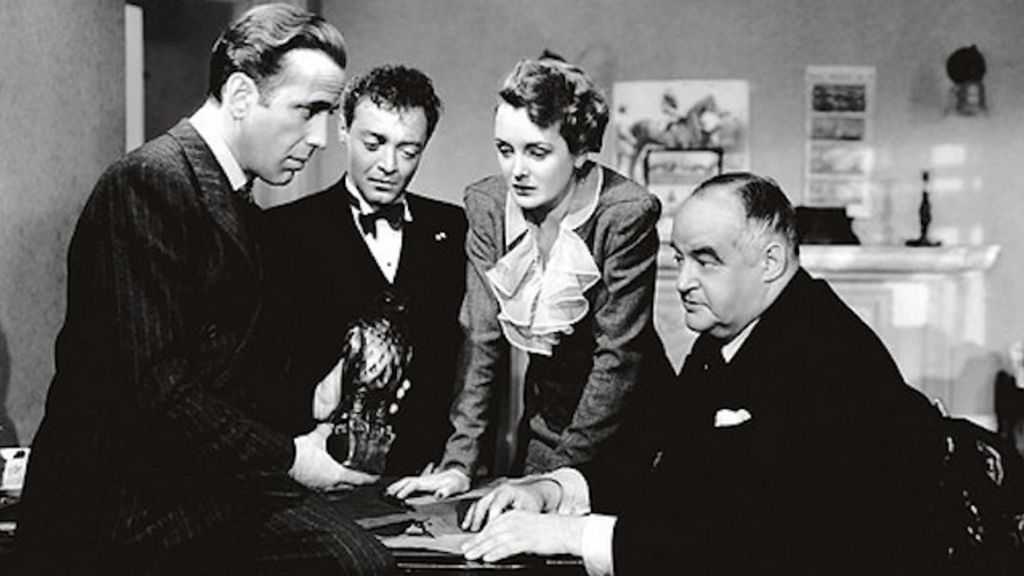
Although Spade lives and works on the shadowy fringes of society and sees human nature at its worst he has his own immutable code of honor. That code is put to the test when he meets Brigid O’Shaughnessy, one of the greatest femme fatales of all time, played for the ages by Mary Astor.
Double Indemnity
The male protagonist in classic film noir is often some poor schmuck who realizes too late that he has put his trust in a woman who has betrayed him.
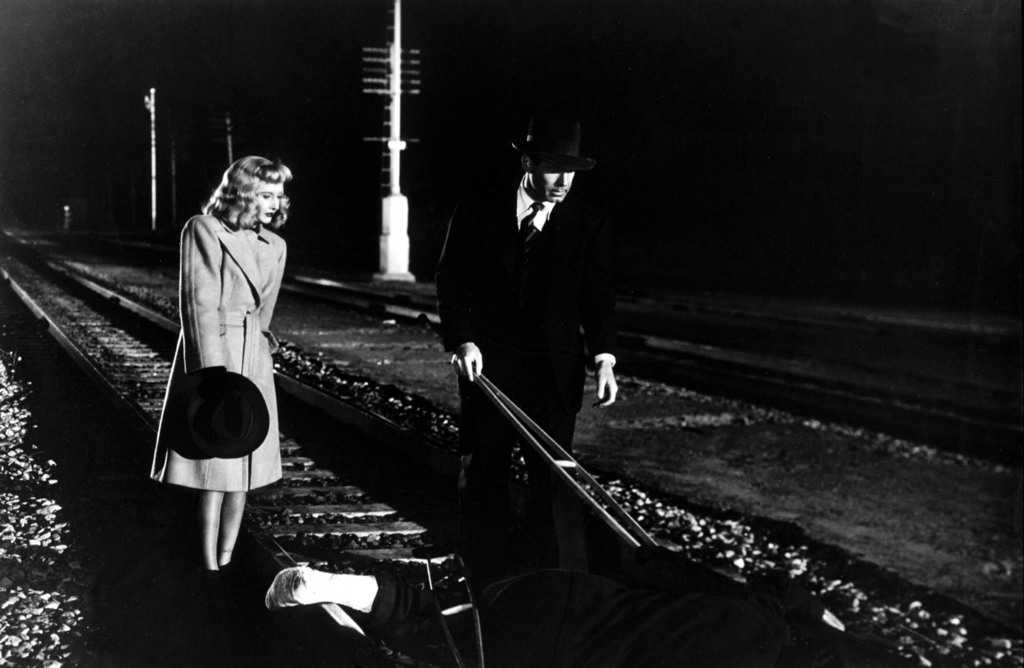
In 1944’s Double Indemnity Fred MacMurray plays a seedy, fast-talking salesman seduced by a slinky Barbara Stanwyck into killing her rich hubby for the insurance money. Raymond Chandler’s adaptation of the James M. Cain novel demonstrates his flair for smart, witty dialogue. Billy Wilder’s direction set the tone for many of the film noir hits that followed.
The Big Sleep
Bogart adds another iconic character to the Film Noir Hall of Fame as fictional LA detective Phillip Marlowe.
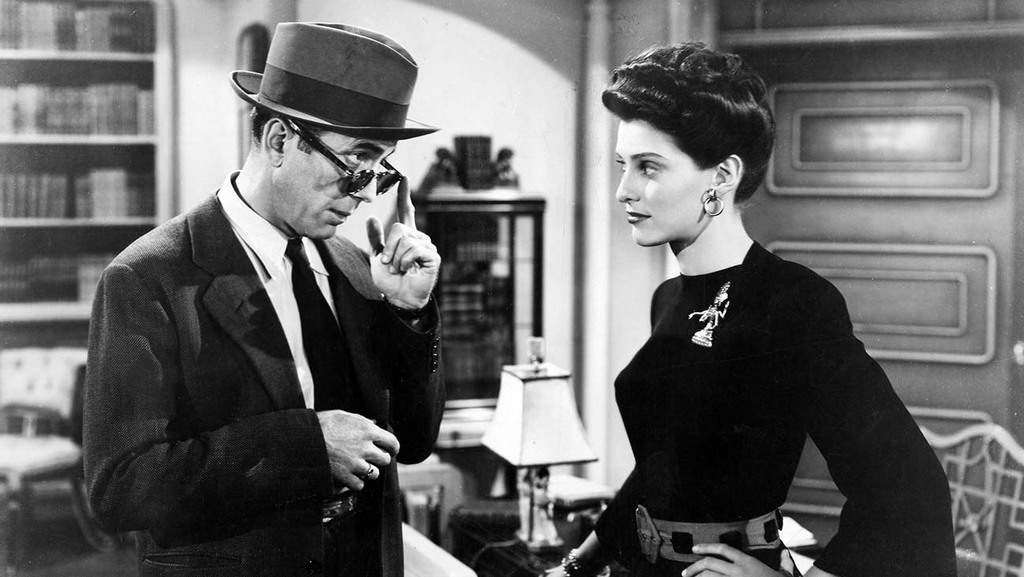
Directed by Howard Hawks – image by hollywoodreporter.com
Shown from left: Humphrey Bogart, Sonia Darrin
In this 1946 thriller from director Howard Hawks, Marlowe is up to his trenchcoat lapels in trouble as he attempts to track down the missing son-in-law of an eccentric millionaire (James Stewart) and cope with the man’s two high maintenance daughters, played by Lauren Bacall and Martha Vickers. Yes, it’s true. Future Nobel Prize winner William Faulkner adapted the screenplay from Chandler’s novel.
D.O.A.
Frank Bigelow (Edmond O’Brien) discovers that he has been poisoned. With only a few days to live the mild-mannered accountant turns into a tiger as he tries to find out whodunit before he dies.
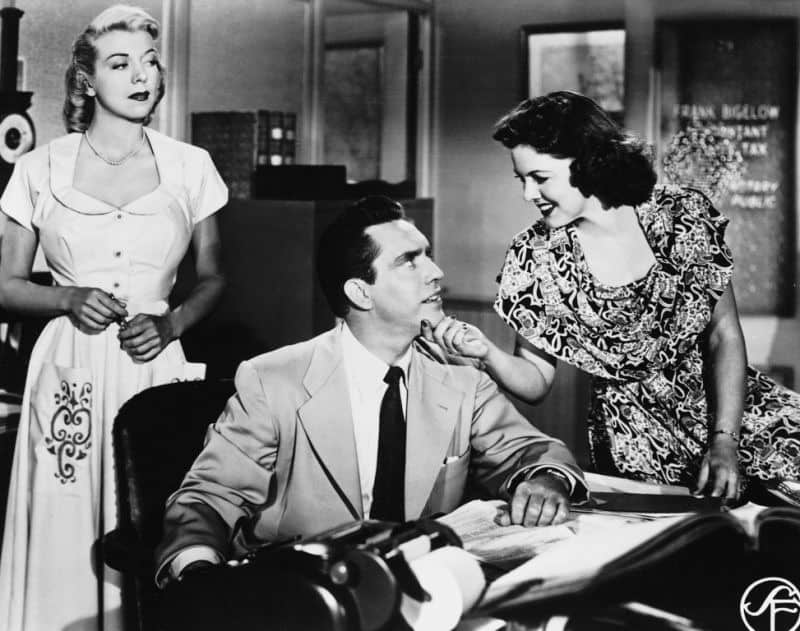
Clever plot device combines murder victim and investigator into one character.
Dennis Quaid starred in the 1988 remake. Quaid takes a good close-up but no one can touch O’Brien’s sweaty-palmed, paranoid performance in the 1949 original.
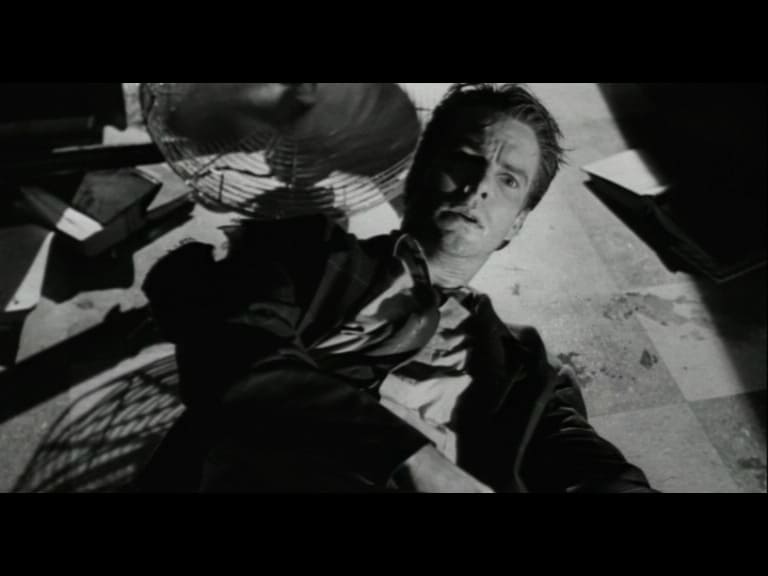
In a Lonely Place
Bogart (again) portrays a hapless Hollywood screenwriter accused of murder in this gripping 1950 drama directed by Nicholas Ray from a novel by Dorothy B. Hughes. Gloria Grahame, one of the great femme fatales of Fifties film noir, is suitably enigmatic as the next door neighbour who supplies our anti-hero with an alibi.

Did he do it? Bogie keeps us guessing.
The actor’s tightly wound performance, combined with Ray’s evocative use of mood and lighting, make for intense, spellbinding noir at its best.
Chinatown
This 1974 crime melodrama is arguably the best film noir of the color era.
Jack Nicholson gives the performance of a lifetime as a cynical L.A. private eye caught up in a web of murder, deceit and illicit love in 1930s Los Angeles.
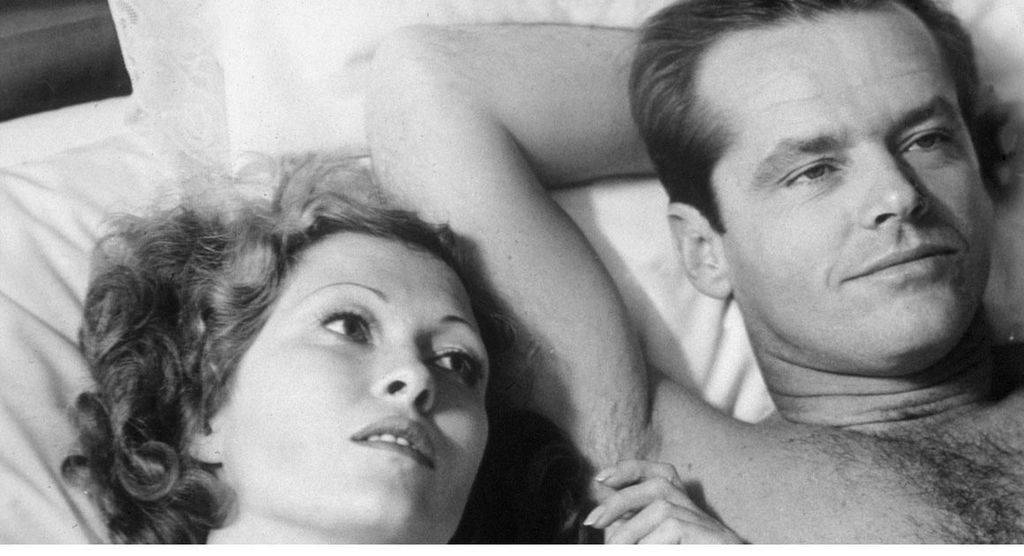
Although Chinatown was shot in color, the film’s theme of feeling betrayed by people and/or a system occupying a position of trust places it solidly in noir territory. Directed by Roman Polanski from an Oscar winning original script by Robert Towne, the movie resonated strongly with audiences still grappling with the moral ambiguities of the Watergate scandal unfolding in real life at the time of the film’s release.
The Grifters
Anjelica Huston, Annette Bening and John Cusack are cast as a trio of con artists. These three never give a sucker an even break but as we discover they reserve their cruelest deceptions for each other.
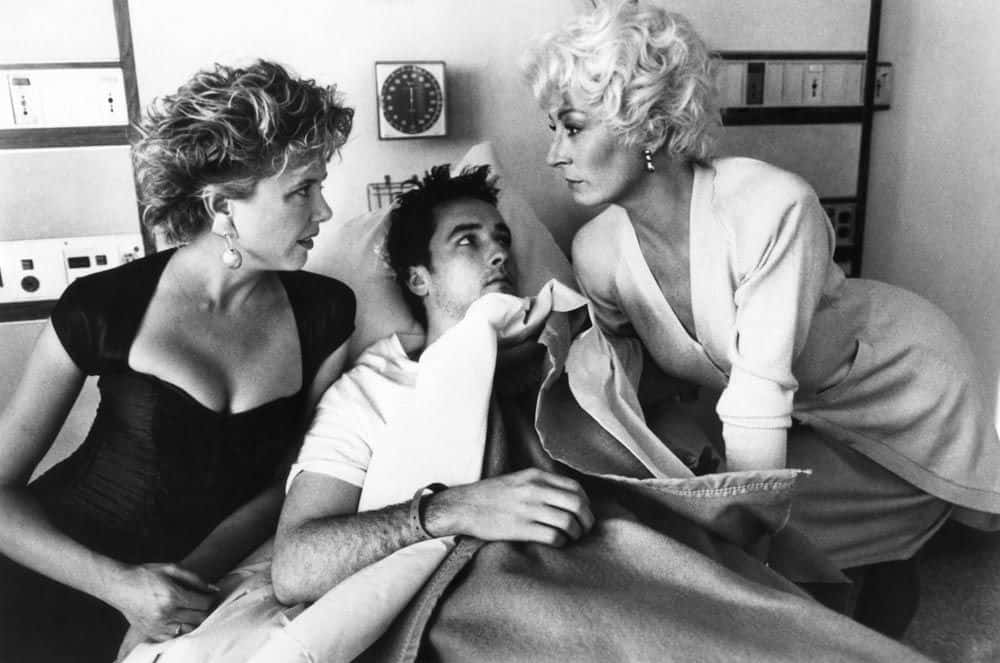
British director Stephen Frears takes Jim Thompson’s 1963 paperback thriller and, with the help of Donald E. Westlake’s savvy screenplay and the fire and ice acting combo of Huston and Bening, fashions a compelling drama with the cold glitter of moonlight on the edge of a knife.
The Last Seduction
A sexy and conniving beauty (Linda Fiorentino), a betrayed husband (Bill Pullman), a small town rube (Peter Berg) and a fortune in stolen drug money all play key roles in writer/director John Dahl’s fresh, inventive spin on the time-tested noir formula.
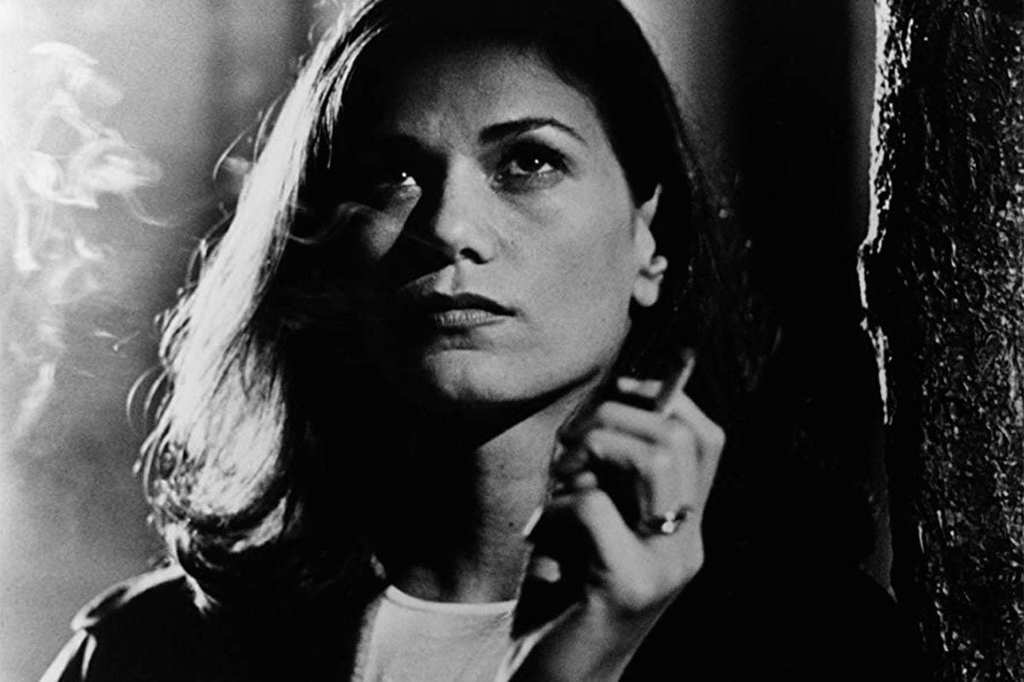
Dahl’s 1995 masterwork crackles with smart chatter, memorably rowdy sex and ingenious plot twists. As the femme fatale of the piece, Fiorentino turns in a raunchy, full tilt performance that kicks like a 357 Magnum.
- LA. Confidential
Russell Crowe and Kim Basinger head up a pistol hot cast in director Curtis Hanson’s gritty, stylish adaptation of the James Ellroy novel about police corruption, sexual obsession, greed and (yes!) betrayal in 1950s Los Angeles.
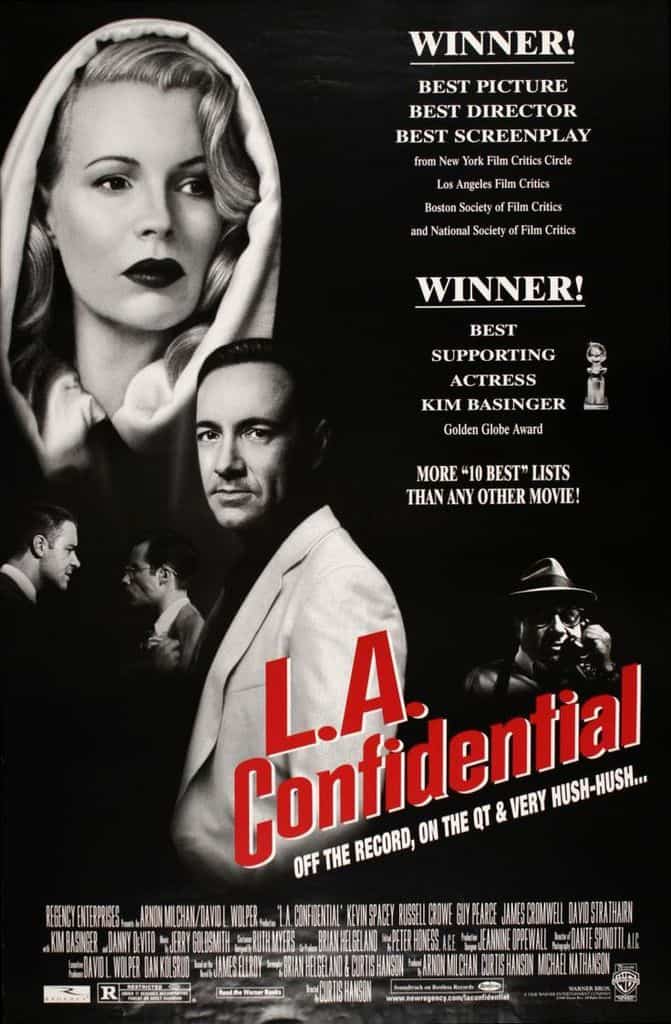
Basinger brings her icy blonde beauty and an air of wounded fragility to the role of an upscale call girl made up to resemble Forties film siren Veronica Lake. For noir fans her delicately etched (Oscar winning) portrayal is – to borrow a line from The Maltese Falcon – “the stuff that dreams are made of.”
As a hardbitten LAPD vet with a soft spot for vulnerable women Crowe’s character is drawn to her beauty like a moth to the flame.
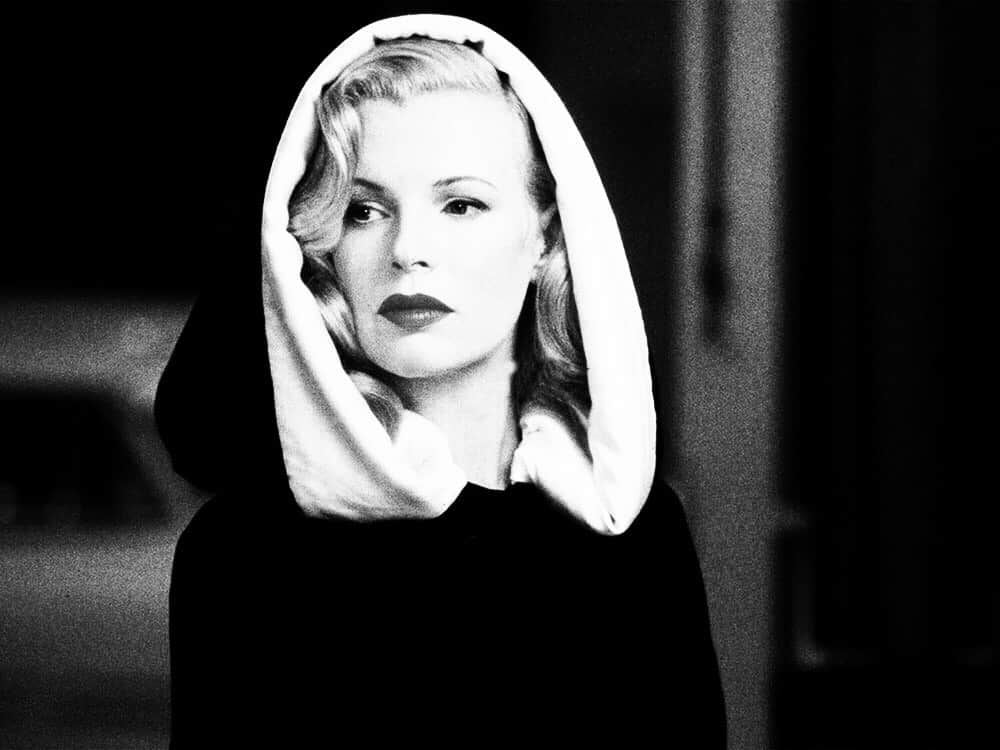
This 1998 film compares favorably with all the films on this list in its ability to capture the elusive allure and moral complexity of classic noir.
And Just for the Fun of It …
Check out 1982’s Dead Men Don’t Wear Plaid. Steve Martin plays a debonair detective in this affectionate and witty homage to the genre.
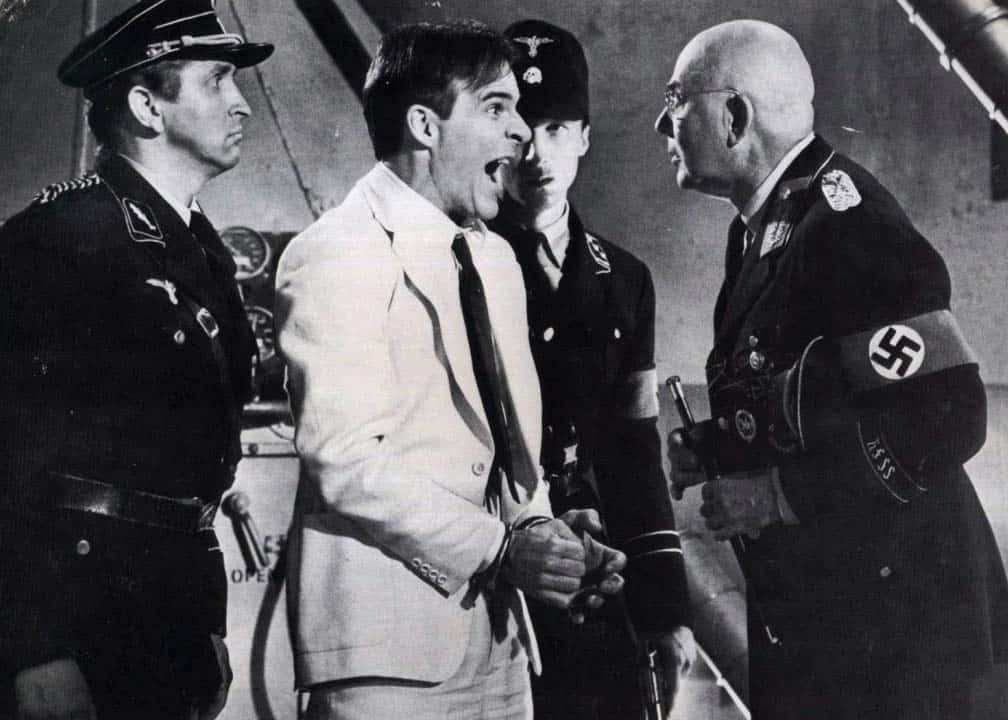
Rachel Ward is (what else?) a mysterious beauty who hires Steve to find her missing father. Writer/director Carl Reiner splices clips from actual Forties flicks into the framework of the movie to create the illusion that Steve’s character is swapping lines of dialogue with screen greats like Bogart, Lorre, Joan Crawford and Alan Ladd. For added authenticity the film is shot in classic black and while.


